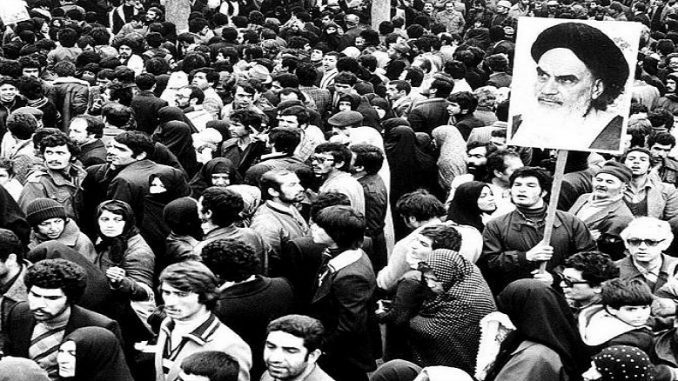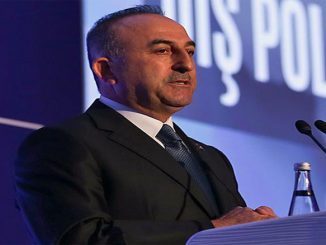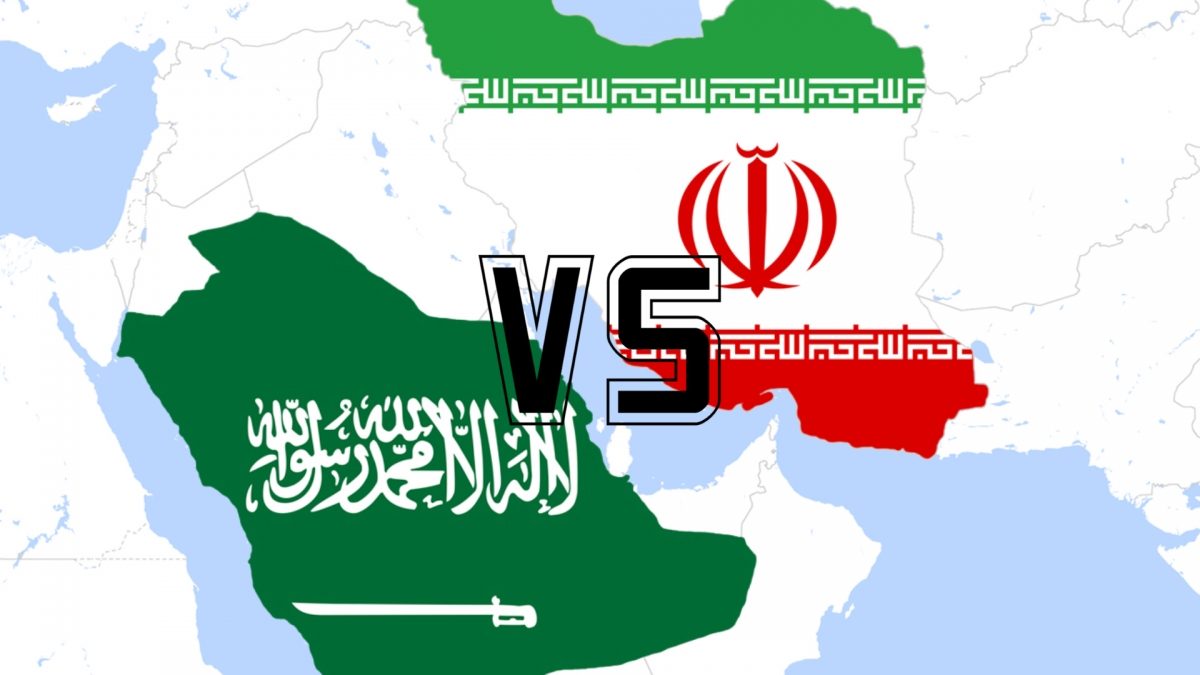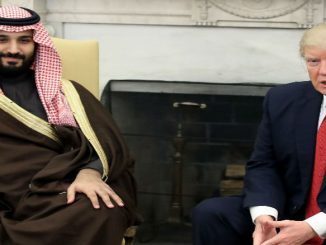
Much of the news these weeks could be about Iran — past, present and future. Forty years ago, the Islamic revolution was at its height. last week, there was a U.S.-organized ministerial meeting in Warsaw to discuss the Middle East. To the extent Secretary of State Mike Pompeo can manage, Iran dominate the agenda.
BY: SIMON HENDERSON*, OPINION CONTRIBUTOR
From the perhaps unlikely location of the Polish capital, he wanted to change the course of Middle Eastern history, which, especially in recent years, has seen Iran emerge as an increasingly threatening force to American allies in the region
It was obvious that the arrogant, but not as murderous as he is made out to be, Mohammad Reza Pahlavi was in deep trouble. It wasn’t inevitable, to my mind, that he would lose power completely and that it would be the mullahdom of Ayatollah Ruhollah Khomeini that would replace him. There were other forces in the mix — the military, the old nationalists, the left-wingers/communists. Additionally, Iran is divided geographically among many ethnic groups, often proud of their semi-independence from Tehran, so national disintegration also was conceivable.
Looking back, my memory helped by the clippings of what I wrote and the photographs I took, several features of relevance to today stand out, although were not so obvious at the time:
- The revolution was as much a social event as a political one. The people demonstrating in the hundreds of thousands in Tehran often were enjoying the experience, rather than just venting their anger. When a youth pulled a knife on me at one point, the default reaction of the surrounding crowd was to restrain him and encourage me to make myself scarce.
- The army appeared reluctant to kill demonstrators, perhaps a significant weakness. People did die but I remember mixing with a crowd whose march was stopped by Iranian special forces who fired continuously into the air for about 30 minutes. They could have mown us down but didn’t.
- Even foreigners with great experience of Iran as a consequence of living and working there for years were poor at judging what was going on. In December 1978, I interviewed the top American oil man in the country in his office in Ahwaz. He had just received an anonymous note telling him to leave the country, but he said: “Hell, that sort of thing doesn’t scare me.” A week later, he died when three gunmen ambushed his car.
The Iranian revolution was not just about the overthrow of the Shah and the return of Khomeini from exile. The initial few months often were chaotic, with first left-wing groups being eradicated and then rival Islamists of the Mujahideen e-Khalq, remnants of which now are based in Paris. In the provinces there were rebellions. Arabs in the southwest were hammered and, at that time, Saddam Hussein’s Iraq offered no assistance. In Kurdistan, local Azeri fighters wreaked the revenge of centuries-old hatred. I once watched Azeris throw the body of a Kurd into a river and the boys in the village threw stones as it floated downstream.
What solidified the revolution, though, was the seizure of the U.S. Embassy in Tehran in November 1979. The residual moderates of the new government were marginalized, forced to resign, flee or even be executed. I can attest, because I was there, that the drama of the time was captured well in Ben Affleck’s 2012 movie “Argo.”
Are there any accrued wisdoms applicable to today? The ball mostly has bounced in the direction of the Islamic regime in the past 40 years. It may be nice to think that with Tehran’s involvement in Syria, Lebanon, Iraq and Yemen, it is approaching the revolutionary equivalent of imperial overstretch. Equally, economic sanctions must be squeezing, but are the people blaming Tehran for their hardships?
The Islamic regime may be accepted, rather than popular — the revolutionary guards certainly are prepared to kill in order to maintain it in power — and our knowledge and comprehension of trends in the country are probably weak.
The greatest danger, to my mind, is that Supreme Leader Ali Khamenei views Iran’s nuclear program as the modern-day equivalent of seizing the American embassy. It will guarantee the longevity of the Islamic regime. The 2015 Joint Comprehensive Plan of Action, aka the Iran nuclear deal, was a pause, rather than a stop. That’s my personal conclusion but it is obvious that others share that view.
The Warsaw meeting is more important than many may think, and it almost certainly will be insufficient.
*Simon Henderson is the Baker Fellow and director of the Bernstein Program on Gulf and Energy Policy at the Washington Institute for Near East Policy.



